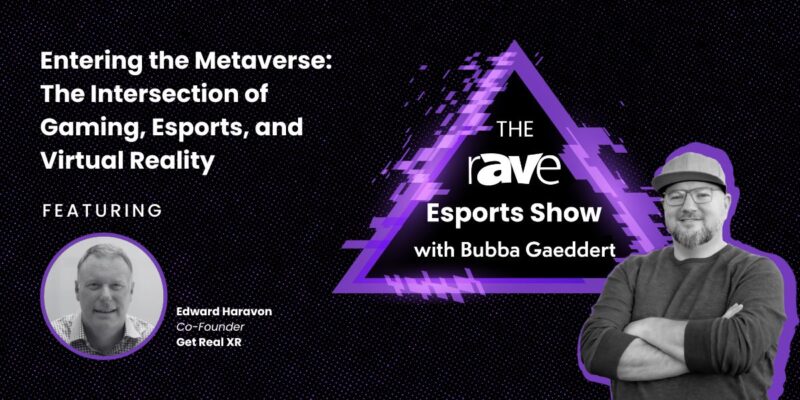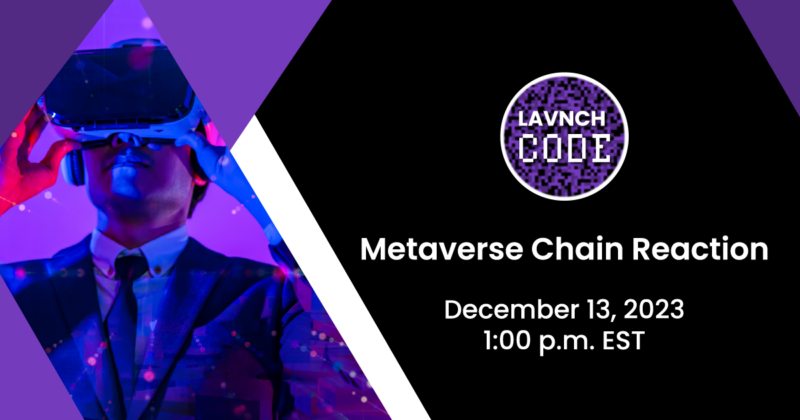Will NFTs Play a Role in AV?
 Over the past two months, I have written about the metaverse and cryptocurrency. The next logical topic of this new digital world is the NFT. What is an NFT, and will you as an AV professional ever have to deal with them?
Over the past two months, I have written about the metaverse and cryptocurrency. The next logical topic of this new digital world is the NFT. What is an NFT, and will you as an AV professional ever have to deal with them?
Let’s get started with the first question. NFT stands for non-fungible token. That is not likely very helpful unless you understand what non-fungible means. Something that is fungible can be replaced by something else exactly like it. For example, you can trade one person a dollar for another dollar. They are both exactly the same and have exactly the same value. Non-fungible means that it can not be replaced by something exactly the same. Artwork, for example, is non-fungible. Every piece is unique, and you can trade it for something (money) but what you traded it for will not be the same thing.
Unfortunately, it does not get any easier to understand from here. Most of us have heard the news stories of celebrities purchasing an NFT for large amounts. A well-known clip from “The Tonight Show” shows Jimmy Fallon and Paris Hilton talking about their NFTs. According to Reuters, sales of NFTs reached $25 billion dollars in 2021. That is not a typo — it shows the significance of this market.
Probably the easiest use of NFTs to understand is to think of them as digital artwork. These are the type of NFTs that Jimmy and Paris were talking about, specifically the “Bored Ape Yacht Club.” I will base the first part of this discussion on that concept. Most NFTs are purchased using Ether (one of the many variations of cryptocurrency). Therefore, your first step in getting into the NFT market is to purchase some Ether and set up your digital wallet. Next, you will visit one of the several NFT marketplaces, including OpenSea, Rarible and SuperRare. Here you can shop around and pick the NFT that you like best before placing a bid. The ownership records of the NFT and any extra metadata are then stored on the Ether blockchain. This is an extended blockchain from standard crypto, as it stores information like owner, creator, value and whatever other information a creator stores in it. You can think of the entry in the blockchain much like you would think of a certificate of authenticity for a work of art. It is proof that it is original and proof that it is yours.
The strange and difficult thing about NFTs right now is that, like artwork, they can be copied and duplicated. I have a print of Van Gogh’s “Chair” hanging in the living room that I bought at the National Gallery in London. I (and everyone who comes to visit me) know that it is not the actual painting. It gets messier with NFTs; people may not know this. Additionally, people can recreate NFTs from previous ones they have sold. An example of this is Logan Paul creating NFTs from a video clip on YouTube. He then sells these short sections of the video. Anyone can still watch the video or the video clips, but only one person owns the mini-clips he created. The authenticity of ownership is held in the blockchain, along with the unique identity of that NFT they bought. At the moment, however, there is nothing preventing Paul from selling the same exact clip as another “new” NFT.
I believe that in the AV world, digital art is most likely the place we will deal with NFTs. In order for “digital art” to be successful and keep artists and collectors happy, more work will need to be done on protecting the property. That means keeping it from being copied. This can be done a few ways, but one is a type of content protection like we have in video. I can envision a future where displays have built-in NFT content protection, just like they have built-in HDCP today.
As AV professionals, we will have to learn how to verify the authenticity of an NFT and how to set up displays to show only NFTs that are verified as having the appropriate permissions. Envision a direct view display that is displaying an NFT but has some type of watermark or indication that shows the viewer that it is original and legitimate. So, just like my print of “Chair,” others could still have an image of the NFT, but anyone looking at it would know that it is not the original.
The above description only focuses on how the AV world may deal with the issues of displaying NFTs. However, as you delve into the world of NFT, be prepared to have your mind challenged. For example, NFT technology is now being used to represent physical objects. I have to admit that I am struggling with this concept, but here is how I understand this: when you buy a car, you have a title to prove ownership. The car company could make an NFT of that car, which would be your proof of ownership. When you paid off your loan on that car, the bank would transfer that NFT to your digital wallet. You would do the same to the new owner when you sold or traded it.
Of all the new technologies I have written about over the past couple of months, I believe NFTs have the most real-world potential. Some of this potential is in the art world, a robust investment market on its own. But, much of it is in the concept of ownership and digital proof of that ownership.




